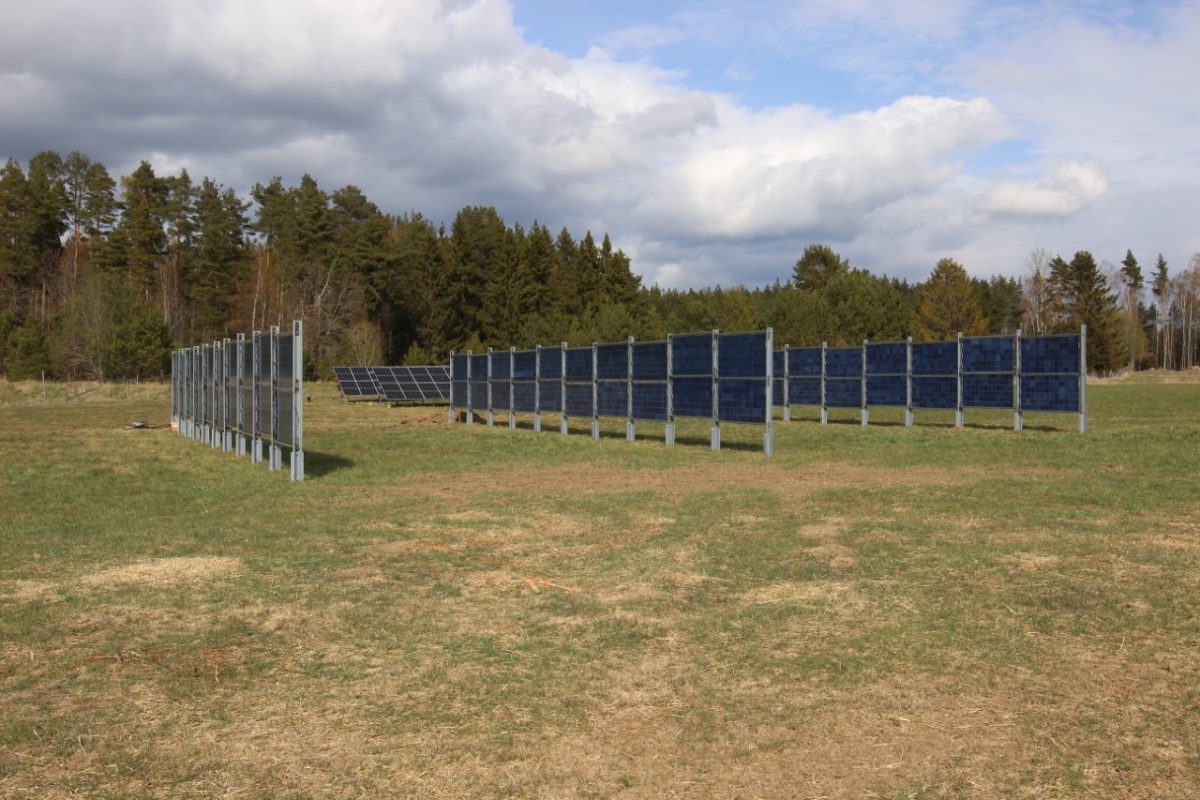https://www.pv-magazine-australia.com/2022/07/11/no-let-up-in-sight-for-polysilicon-price-hikes/

Continued price rises make it difficult to accurately predict how much solar capacity China will add in 2022.
Image: Daqo New Energy
From pv magazine Global
Amid continuing problems for Chinese polysilicon production, one analyst has predicted the price of the solar panel input material will “soon” breach CNY 300 (AU$65.5) per kg.
The latest bulletin issued by the Asia Europe Clean Energy (Solar) Advisory (AECEA) reported the poly price has risen 25% since the start of the year, to hit an 11-year high of CNY 291/kg in early July.
A recent fire at a production base and planned maintenance at five factories – on top of the ongoing Covid-19 and logistics disruption – prompted the in-country consultant to reverse the prediction it made in June that prices would fall back to CNY 220/kg in September and CNY 190/kg in December. That outcome, the AECEA said this week, is now “rather unlikely.”
Changing dynamics
While solar manufacturers have previously made much of their ability to pass price rises on to customers, hikes of 18%, 12%, and 8% in the price of solar wafers, cells, and modules, respectively, since the start of the year may have altered that dynamic. The AECEA cited a module procurement order which had included a price ceiling of CNY 1.98 per W of generation capacity and suggested other developers may follow suit.
That prospect, in turn, is prodding module makers “roughly a dozen … among them several first-tier companies,” according to the analyst, to consider pausing factory production.
Factory closures
So much for a voluntary production hiatus. Solar companies might also face the prospect of enforced closures for a second winter running, AECEA reported, if the upstream solar factories wanted by provincial governments to hit climate carbon scorecard targets set by Beijing drive up electricity consumption.
Provinces are already trying to attract factories by linking production investment to solar project capacity awards, as the Indian government has done.
In terms of the polysilicon price, the AECEA predicts supply will remain tight until the end of September. The nation added an impressive 23.71 GW of solar generation capacity in the first five months of the year, prompting the China Renewable Energy Engineering Institute to expect “up to 100 GW” this year. The AECEA, however, stuck to its expectation of 80-90 GW, thanks to the price turmoil.
The consultant re-emphasised Chinese dominance of solar production by referring to recently published statistics by the China PV Industry Association which indicated the country produced 98% of the world’s silicon wafers in 2021, and 85% of the combined global output of polysilicon, wafers, cells, and modules.
Wafer giant
One company, TCL Zhonghuan, churned out around a quarter of the world’s solar wafers in 2021, the AECEA added. Ongoing plans to ramp up poly production mean China is likely to replicate its wafer dominance in that segment of the supply chain in the “not too distant future,” according to the industry commentator.
On the technology front, the analyst predicted China will host 15-20 GW of mass-production heterojunction solar fabs in 2022, with only 3 GW of it for R&D purposes. Yunnan province, the AECEA reported, has predicted commercially available products will have a conversion efficiency of more than 25% by 2024.
While perovskite solar is yet to have a similar impact, the analyst pointed out the decision by battery company Catl to invest in the technology could prove a game-changer.
This content is protected by copyright and may not be reused. If you want to cooperate with us and would like to reuse some of our content, please contact: editors@pv-magazine.com.
<




